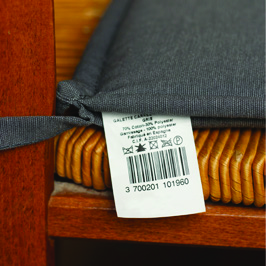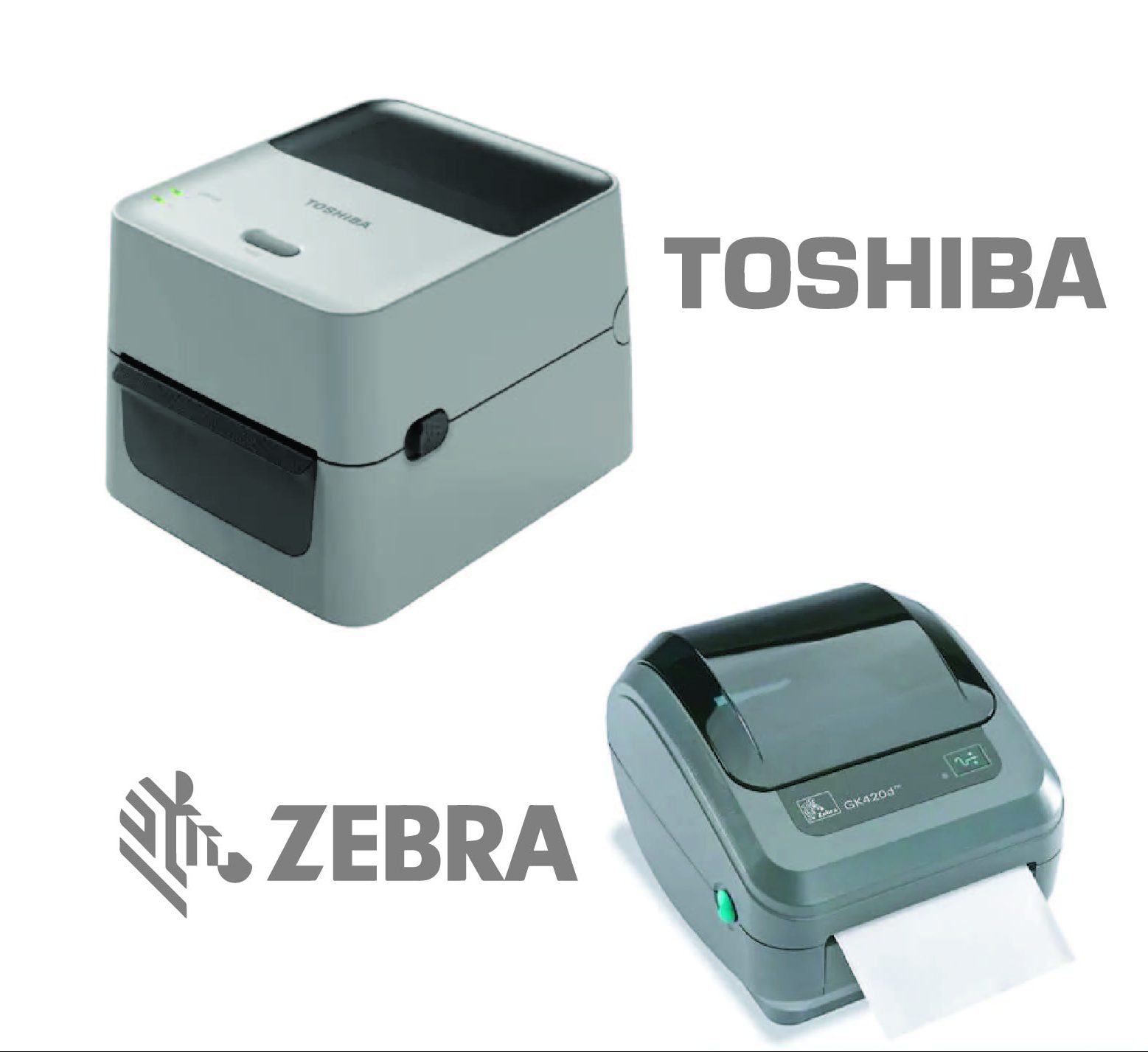What Are the Requirements and Guidelines for Textile Labelling in Canada?
All articles of clothing and textiles are subject to the Textile Labelling and Advertising Regulations, as set out by the Canadian government, and require a detailed fabric label. This article answers the following questions,
What information needs to appear on fabric labels?
What kind of label should be used?
Where are these specific labels available for purchase?
What Kind of Information Needs to be on Fabric Labels?
Requirements for textile labels vary from one country to the other. Canadian requirements and guidelines can be found in the Guide to Textile Labelling and Advertising Regulations.
Fabric Consistency | Fabric labels must clearly identify the fibre content of the item, expressed in percentages by weight, and the manufacturer identity. Each of the article’s fibre contents must be listed according to their generic name, in English and French, in descending order according to percentage. For example,
65% polyester
30% coton / cotton
5% nylon
If an article of clothing or textile has different parts, with unique combinations of fabric, they should be listed individually, along with the consisting fabrics in descending order according to percentage. For example,
Extérieur / Outer Shell
80% Coton / Cotton
20% Polyester
Remplissage / Filling
100% Microfibre
Manufacturer Identity | International manufacturer identities should include both their company name and complete postal address. Canadian companies, manufacturing within Canada, need only list their identification number (CA Number).
What Information Is Useful – but Not Required – to Include on Textile Labels?
While some information isn’t mandatory, it can be extremely useful to clients, retailers and manufacturers.
Article Size | While the size of the article is not mandatory, it is a crucial piece of information. The dimensions, or size, should be accurately listed. This enables clients to select the right size of clothing. It is also helpful for the retailer, when serving clients or keeping track of inventory.
Care Instructions | While laundering instructions are not mandatory, they are greatly appreciated by the end consumer. In addition to this, they result in a lower number of product returns, as there are fewer issues after laundering the product. This also allows companies to protect themselves, assigning greater responsibility to the client. Care instructions should be plainly written or indicated by means of symbols.
What Type of Label Should Be Used and What Are the Application Guidelines?
Type of Label | While labels can come in many forms, the information must be clearly legible. Labels can be woven into the article, sewn in or printed directly onto the article. Labels can also be pasted on using an adhesive, or fastened in any way the manufacturer chooses.
Information can also be printed on the exterior packaging for easy reference. Regardless of the method, all information should be listed in the same area.
Application Requirements | Depending on the article, the label will fall under one of two categories; permanent or non-permanent.
A permanent label should remain legible and well applied to the article for at least ten washes.
Non-permanent labels can be fixed to the article using hangtags, wrappers or stickers. The list of approved articles eligible for non-permanent labels appears in Appendix D of the Guide to the Textile Labelling and Advertising Regulations.
If the required information is disclosed on more than one label, they should be affixed to the same area.
Double-Check All Government Requirements
Exceptions & Particularities | This article is a summary of Canadian Labelling Requirements and Guidelines. Depending on the type of product and materials used, textiles and clothing articles may be subject to exceptions and particularities.
Provincial Requirements | You must also check Provincial labelling requirements, as some provinces require additional information. For example, French language laws in Québec require the text to be in the national language and be listed first and in a dominant size font.
Before making your labels, it is crucial to double-check both Federal and Provincial
Government requirements down to the last detail.
Where Are Fabric Labels Available for Purchase?
Multi-Action is a leader in label printing and manufacturing.
Pricing | We source our material directly from the paper mill, and we control all stages of production; both of which allow us to offer our clients extremely competitive pricing.
Quality | We make sure to continually stay on top of the latest techniques and technology in order to create labels that perfectly suit your unique needs.
Services | We are happy to supply you with custom printed labels ready to affix to your products. We also provide blank labels, and a label printer, allowing you to print in-house.
We look forward to helping you with all your labelling needs.






